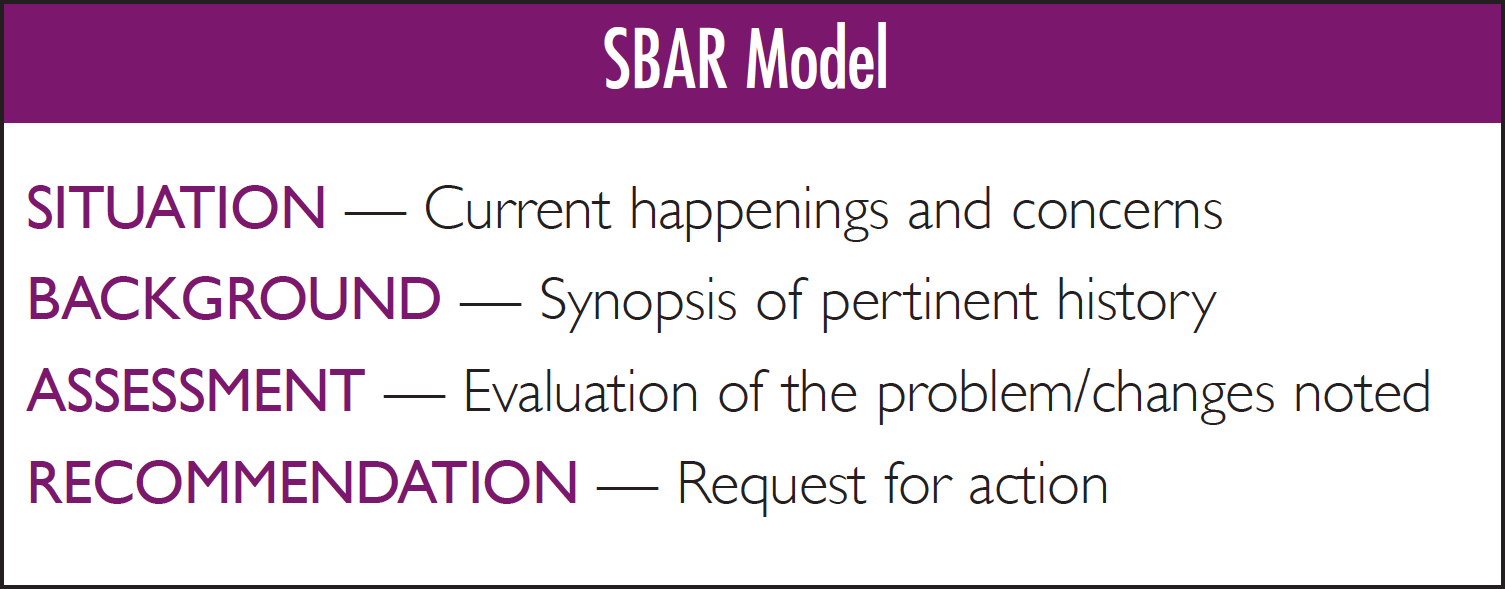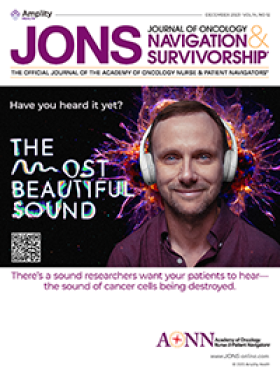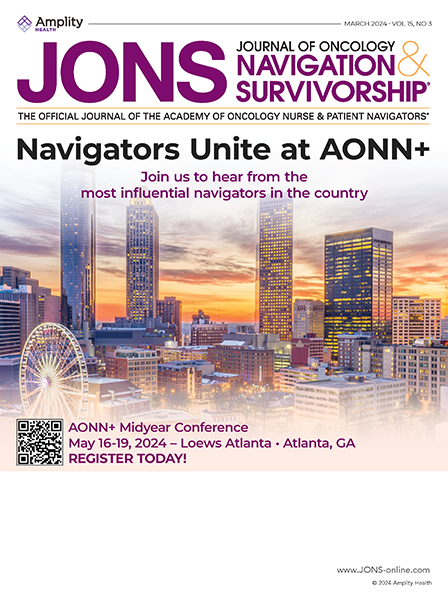Patient care navigation at the Billings Clinic Cancer Center spans the continuum of care from outreach efforts targeted at early detection through survivorship care planning. Care navigation can be defined and implemented in many different ways. At Billings Clinic, navigation involves the provision of individualized care planning and education for patients and their families to minimize barriers to care and maximize patient outcomes. The Billings Clinic navigation model places patients at the center of decision-making as they move through the cancer care continuum, with navigators working to ensure the optimal cancer care experience through coordination of services.
The navigation team at the Billings Clinic Cancer Center consists of 9 registered nurses. Each navigator is assigned to a different type of cancer or point across the continuum of care. This structure evolved over 7 years through identification of gaps in service and a desire to ensure a seamless cancer care experience for our patients. Because coordination of care may be assumed by more than 1 navigator as patients transition through the continuum of care, it has been essential for the navigation team to develop and implement a solid hand-off communication mechanism to ensure appropriate identification and follow-through of all pertinent healthcare needs.

Team Communication
Hand-off communication refers to the interactive sharing of pertinent information related to a patient’s care when transferring responsibility from one provider or setting to another. Inadequate hand-off communication has been recognized by The Joint Commission as a major contributor to medical errors, treatment delays, and inappropriate care.1 The situation, background, assessment, recommendation (SBAR) model was adopted by Billings Clinic as the standard hand-off communication model based on previously demonstrated success in other healthcare settings, the effectiveness across both inpatient and outpatient settings, and the ease of use for various disciplines. This model has since formed the basis for all healthcare com - munications (both verbal and written) by the Billings Clinic navigators.

The SBAR model facilitates hand-off communication of the most pertinent pieces of information from one healthcare provider to the next. The SBAR model is not intended to be an exhaustive report that covers every element of a patient’s medical history and all potential barriers to care; rather it is a synopsis of key elements to which the oncoming navigator needs to be aware to continue to navigate the patient’s care in a seamless and efficient manner. Some key elements frequently used in hand-off communication between navigators include:
- Diagnosis
- Healthcare providers
- Course of treatment
- Pertinent complications of treatment
- Barriers to care experienced
- Referrals initiated.
A sample SBAR report from our breast diagnostic navigator to our breast treatment navigator might be:
SITUATION: Jane Doe, DOB 1/1/55, had a positive breast biopsy done by Dr Jones on Monday, which showed invasive ductal carcinoma.
BACKGROUND: Her primary care provider, Dr Adams, is aware that I have set her up for a surgical consult tomorrow with Dr Smith at 2 PM.
ASSESSMENT: She has some significant psychosocial and financial concerns as she is a single mother of 2 young children and was recently laid off at her job.
RECOMMENDATIONS: I have made a referral to the oncology social worker and patient financial services. Would you please be sure to follow up on these as you work with Jane on her plan of treatment?
In summary, effective communication (whether this be verbal or written) is essential to the patient care navigator’s ability to coordinate seamless care for patients and families. SBAR, the hand-off communication model adopted at Billings Clinic, has facilitated a concise and standardized reporting mechanism that has proved valuable in transitioning care from one navigator to another across the continuum for cancer patients and families.
Reference
- The Joint Commission for Transforming Healthcare. Facts about hand-off communications. www.centerfortransforminghealthcare.org/projects/about_handoff_communication.aspx. Accessed March 22, 2011.




